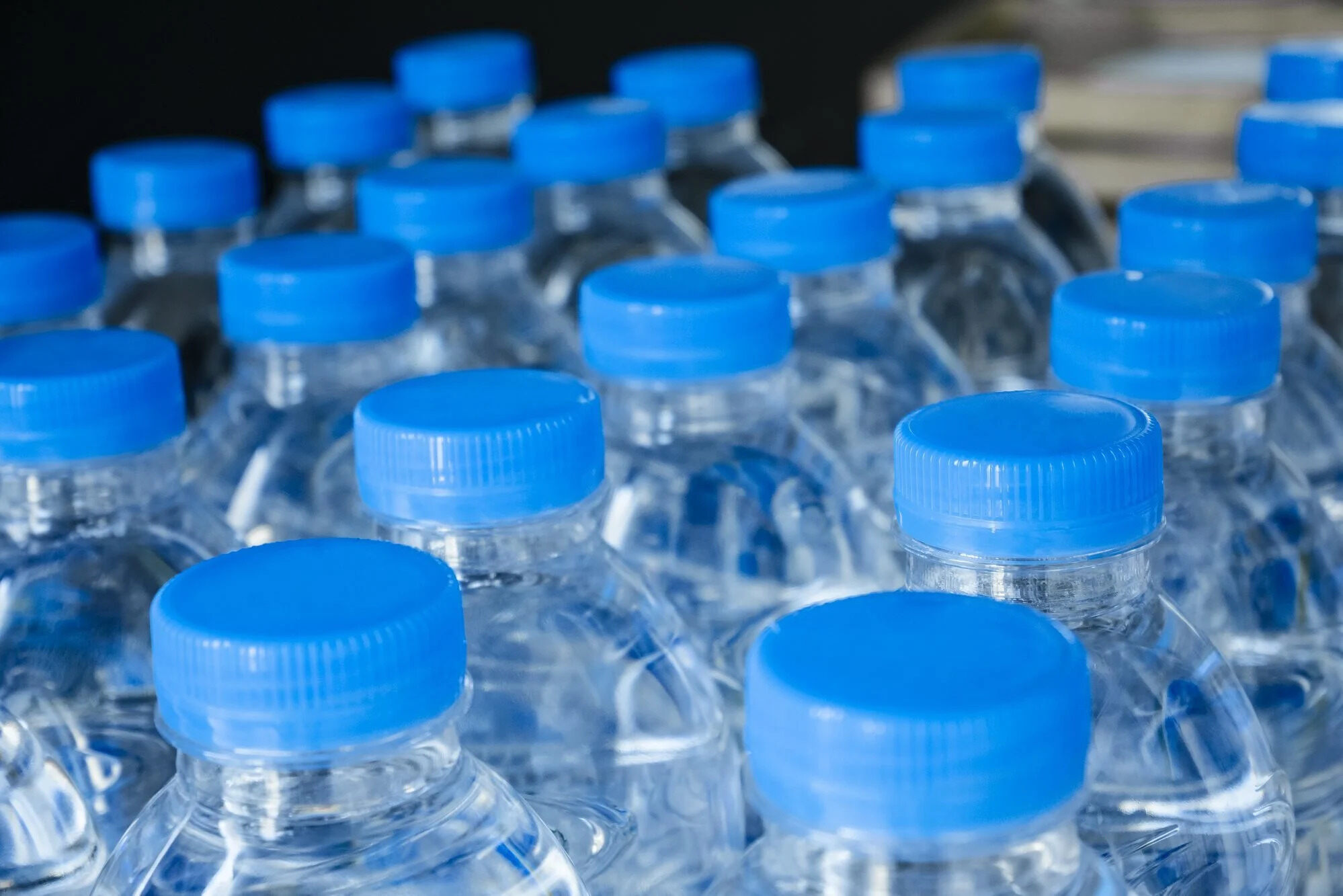

Articles
How To Store Tap Water Long-Term
Modified: January 6, 2024
Learn the best methods and tips for storing tap water long-term. Read our informative articles to keep your water fresh and safe for extended periods.
(Many of the links in this article redirect to a specific reviewed product. Your purchase of these products through affiliate links helps to generate commission for Storables.com, at no extra cost. Learn more)
Introduction
Storing tap water long-term is a wise decision for various reasons. Whether you live in an area prone to natural disasters, experience frequent water supply disruptions, or simply want to have a backup water source for emergencies, having stored tap water can ensure you and your family’s safety and well-being.
In this article, we will explore the benefits of storing tap water long-term, the factors to consider before storing, how to prepare and store tap water properly, suitable containers for storage, monitoring and maintenance techniques, and tips for using stored tap water in emergency situations.
By following the guidelines outlined in this article, you can take proactive steps to secure a reliable source of water in the event of an unforeseen circumstance, giving you peace of mind and greater resilience in challenging situations.
Key Takeaways:
- Storing tap water long-term is crucial for emergency preparedness, water contamination events, and financial savings. Proper preparation, storage, and maintenance ensure a reliable supply of clean water for your family’s well-being.
- Choosing suitable containers, following proper storage techniques, and utilizing stored tap water wisely during emergencies are essential for maintaining its safety and quality. Regular monitoring, rotation, and replenishment ensure a continuous supply of clean water.
Read more: How To Store Tap Water Long Term
Why Store Tap Water Long-Term?
Storing tap water long-term serves as a safeguard against potential water shortages and disruptions. Here are a few key reasons why you should consider storing tap water:
- Emergency Preparedness: Natural disasters such as hurricanes, earthquakes, or severe storms can cause water supply disruptions. By having stored tap water, you can ensure you have access to clean drinking water when traditional sources are compromised.
- Water Contamination: Water contamination events, such as chemical spills or water treatment plant failures, can temporarily render tap water unsafe to consume. Having stored tap water allows you to maintain a supply of potable water until the authorities declare it safe to use again.
- Infrastructure Issues: Aging water infrastructure in some areas may lead to occasional disruptions in the water supply. Storing tap water can help bridge the gap between supply interruptions and ensure you have water for essential needs.
- Travel and Outdoor Activities: Storing tap water is not only beneficial during emergencies but can also come in handy during outdoor activities like camping or hiking trips. Having a supply of clean water readily available can keep you hydrated and prevent the need to rely on uncertain water sources.
- Financial Savings: Storing tap water can save you money in the long run, especially if you live in an area where bottled water is costly. By storing tap water, you can reduce your reliance on expensive bottled water and have a sustainable, cost-effective supply at your disposal.
By understanding the importance of storing tap water long-term, you can take proactive steps to mitigate potential water-related challenges and ensure the well-being of yourself and your loved ones.
Factors to Consider Before Storing Tap Water
Before storing tap water long-term, it is important to consider a few factors to ensure the safety and quality of the stored water. Here are some key considerations:
- Water Source: Start by identifying the source of your tap water. Is it treated by a municipal water supply or from a private well? If the water comes from a well, make sure it is regularly tested for contaminants and meets the necessary safety standards.
- Water Treatment: Determine if your tap water is treated with chlorine or any other chemicals. Understanding the treatment process will help you assess the shelf life and potential risks associated with storing the water for extended periods.
- Water Quality: Assess the overall quality of your tap water. If the water is already potable and meets safety standards, it can be suitable for long-term storage. However, if there are concerns about water quality, consider using water filtration or purification methods before storing.
- Storage Space: Evaluate the availability of storage space in your home. Ensure that the chosen storage area is cool, dark, and away from direct sunlight. Proper storage conditions can help prevent bacterial growth and degradation of the water quality.
- Storage Duration: Consider how long you plan to store the tap water. While tap water can be stored for extended periods, it is important to periodically rotate the stored water to maintain its freshness and quality.
- Household Size: Determine the amount of water your household requires in emergency situations. Calculate your daily water needs and multiply it by the number of days you aim to store water. This will give you an estimate of how much water you need to store.
- Container Selection: Choose appropriate containers for storing tap water. Opt for food-grade plastic containers or BPA-free containers that can securely seal the water and prevent any leaching of chemicals into the water. Avoid containers that have previously held non-food items.
- Labeling and Rotation: Properly label the containers with the date of storage to ensure you use the oldest water first. Develop a system for rotating the stored water to maintain a fresh supply. Consider using a first-in, first-out approach to prevent any water from sitting unused for a long time.
By considering these factors and taking necessary precautions, you can ensure that the tap water you store is safe, reliable, and ready to use when needed.
Preparing Tap Water for Long-Term Storage
Properly preparing tap water before storage is crucial to ensure its safety and quality throughout the storage period. Here are the steps to prepare tap water for long-term storage:
- Start with Clean Containers: Clean the containers you plan to use for storing tap water thoroughly. Wash them with soap and hot water, then rinse them well to remove any residue or contaminants.
- Use Food-Grade Containers: Choose food-grade containers that are specifically designated for storing food and beverages. These containers should be made from BPA-free plastic or other materials that don’t leach chemicals into the water.
- Sanitize the Containers: Before filling them with tap water, sanitize the containers by rinsing them with a solution of one teaspoon of unscented household bleach mixed with one gallon of water. Let the solution sit for a few minutes, then rinse the containers thoroughly with clean water.
- Fill Containers with Tap Water: Fill the sanitized containers with tap water, leaving about an inch of headspace to accommodate any expansion due to temperature changes. Avoid overfilling, as this can lead to leaks or container damage.
- Consider Water Treatment: If your tap water contains chlorine or other chemical disinfectants, it is generally safe to store without additional treatment. However, if you have concerns about the water quality, consider using water purification tablets or filters designed for long-term storage before filling the containers.
- Seal the Containers Tightly: Seal the containers tightly to prevent any air or contaminants from entering. Ensure that the lids or caps are securely fastened to maintain the quality of the stored water.
- Label and Date the Containers: It is important to label each container with the date of storage. This will help you keep track of the water’s freshness and ensure you use the oldest water first during rotation.
- Store in a Cool, Dark Place: Find a cool and dark location to store the water containers. Direct sunlight can degrade the water quality and promote the growth of algae or bacteria. Aim for a storage area with consistent temperatures, such as a cellar, pantry, or closet.
- Periodically Inspect and Rotate: Regularly inspect the stored tap water for any signs of deterioration or contamination. Every six months or as recommended based on the water source and storage conditions, rotate the stored water by using it for household chores, watering plants, or replacing it with fresh tap water.
By following these steps, you can ensure that the tap water you store remains safe, clean, and suitable for long-term use in emergency situations.
Suitable Containers for Storing Tap Water
Choosing the right containers for storing tap water is essential to maintain its quality and ensure long-term storage. Here are some factors to consider when selecting suitable containers:
- Food-Grade Materials: Look for containers that are made from food-grade materials, such as high-density polyethylene (HDPE) or polypropylene. These materials are designed to be safe for storing food and beverages and are less likely to leach chemicals into the water.
- BPA-Free: Bisphenol A (BPA) is a chemical commonly found in plastics that can potentially leach into liquids. Choose containers labeled as BPA-free to ensure the water remains free from any harmful chemicals.
- Tight-Sealing Lids: Make sure the containers have lids or caps that provide a tight seal. This helps to prevent air, contaminants, or insects from entering the water and compromising its quality.
- Size: Consider the size of the containers based on your storage needs and available space. It may be more convenient to store water in several smaller containers rather than one large container, especially if you need to access the water in portions.
- Transparency: Opt for containers that are transparent or have a clear section to allow for easy monitoring of the water’s clarity and any signs of contamination or deterioration.
- Durability: Choose containers that are sturdy and durable to withstand long-term storage. The containers should be able to resist cracking, breaking, or leaking, ensuring the integrity of the stored water.
- Stackable: If you have limited storage space, consider using containers that are stackable. This will help optimize the available space and keep the storage area organized.
- Easy to Clean: Ensure that the chosen containers are easy to clean to maintain proper hygiene. Containers with wide openings or removable tops make it easier to clean and sanitize them before refilling.
Remember to avoid using containers that have previously held non-food items, as they may contain residues or chemicals that can contaminate the water. It is also important to regularly inspect the containers for any signs of damage or degradation and replace them if necessary.
By carefully selecting containers that meet these criteria, you can effectively store tap water for long-term use and ensure the water remains safe and of high quality.
Store tap water long-term in clean, airtight containers away from direct sunlight and heat sources. Rotate and replace stored water every 6 months to ensure freshness.
Read more: How To Store Water Long Term
Proper Techniques for Storing Tap Water Long-Term
Storing tap water long-term requires following proper techniques to maintain its freshness, safety, and quality. Here are some essential techniques to consider:
- Clean and Sanitize Containers: Ensure that the containers you plan to use for storing tap water are clean and sanitized. Wash them thoroughly with soap and hot water, and rinse them well. Sanitize the containers by rinsing them with a solution of one teaspoon of unscented household bleach mixed with one gallon of water. Rinse the containers again with clean water to remove any residual bleach.
- Fill Containers Properly: Fill the sanitized containers with tap water, leaving about an inch of headspace to allow for any expansion that may occur due to temperature changes. Avoid overfilling the containers, as this increases the risk of leakage or damage to the containers.
- Seal the Containers Tightly: Make sure to seal the containers tightly to prevent air, contaminants, or insects from entering. Ensure that the lids or caps are securely fastened to maintain the integrity of the stored water.
- Store in a Cool, Dark Place: Find a storage area that is cool, dark, and away from direct sunlight. Exposure to sunlight can degrade the water quality and promote the growth of bacteria or algae. Aim for a consistent temperature storage location, such as a cellar, pantry, or closet.
- Avoid Chemical Exposure: Keep the stored tap water away from chemicals or potentially hazardous substances. Store it in an area where there are no strong odors or volatile compounds that could contaminate the water.
- Rotate Stored Water: Regularly rotate the stored tap water to maintain its freshness. Every six months, or as recommended based on your storage conditions, use the stored water for household chores, watering plants, or replacing it with fresh tap water. This practice ensures that the water is consistently used and refreshed.
- Monitor the Containers: Periodically check the stored water containers for any signs of damage, leakage, or deterioration. Inspect the containers for cracks, bulges, or any changes in water color or odor. If you notice any abnormalities, replace the containers and transfer the water to new ones.
- Consider Water Treatments: Depending on the quality of your tap water and storage conditions, you may want to consider additional water treatments. Water purification tablets, filters, or UV disinfection systems can further enhance the safety and potability of the stored water.
By following these proper techniques, you can ensure that your stored tap water remains safe, clean, and ready for use in emergency situations or when clean water is not readily available.
Monitoring and Maintenance of Stored Tap Water
Regular monitoring and maintenance of stored tap water are essential to ensure its safety, quality, and usability over time. Here are some important steps to consider:
- Regular Inspection: Periodically inspect the stored tap water containers for any signs of damage, contamination, or deterioration. Check for cracks, bulges, or leaks in the containers, and also observe the water for changes in color, odor, or clarity.
- Water Quality Testing: Consider testing the quality of the stored tap water at regular intervals, especially if it has been stored for a long duration. This can help identify any potential issues, such as microbial growth or deterioration in taste, and allow you to take appropriate actions based on the test results.
- Rotation and Refreshment: Rotate and refresh the stored tap water every six months or as recommended based on your storage conditions. Use the stored water for household chores, watering plants, or other non-drinking purposes, and replace it with fresh tap water. By regularly using and replenishing the stored water, you can maintain its freshness and quality.
- Water Treatment: If you notice any changes in water quality during inspections or testing, consider additional water treatment. Depending on the issue, you may need to use water purification tablets, filters, or other suitable methods to restore the safety and potability of the stored tap water.
- Cleaning and Sanitization: Clean and sanitize the storage containers periodically, especially if you are rotating the water or notice any signs of contamination. Wash the containers with soap and hot water, rinse them thoroughly, and sanitize them with a solution of unscented household bleach and water. Rinse the containers again with clean water before refilling them.
- Proper Sealing: Ensure that the containers are tightly sealed after each use or inspection to prevent any air, contaminants, or insects from entering. This helps maintain the water’s quality and prevents any potential contamination.
- Labeling and Documentation: Maintain proper labeling and documentation of the stored tap water. Label each container with the date of storage and keep a record of when the water was rotated or tested. This will help you track the freshness and usage of the stored water.
- Emergency Preparedness: Regularly review your emergency preparedness plans and ensure that your stored tap water is sufficient for the needs of your household. Consider the number of people in your household and the recommended daily water intake to ensure you have an adequate supply in case of emergencies.
By actively monitoring and maintaining the stored tap water, you can ensure its safety, quality, and usability over an extended period. This will provide you with peace of mind, knowing that you have a reliable source of clean water available when needed.
Tips for Using Stored Tap Water in Emergency Situations
During emergency situations, having stored tap water can be a valuable resource. Here are some essential tips for effectively using and managing your stored tap water:
- Reserve Water for Essential Needs: Prioritize the use of stored tap water for essential needs such as drinking, cooking, and personal hygiene. Conserve water by using it sparingly and avoid wastage.
- Follow Recommended Rationing Guidance: In situations where water supplies are limited, it may be necessary to ration the stored tap water. Follow the recommended guidance provided by emergency authorities regarding the amount of water to use per person per day.
- Use a Water Treatment Method, if Necessary: If you have any doubts about the water quality or if it has been stored for an extended period, consider treating it before use. Water purification tablets or filters can help eliminate any potential contaminants and make the water safe for consumption.
- Boiling Water: Boiling stored tap water is an effective method to make it safe for drinking. Bring the water to a rolling boil for at least one minute to kill any harmful bacteria or microorganisms. Allow the water to cool before consuming.
- Use Water for Hygiene Practices: Utilize stored tap water for personal hygiene practices such as handwashing, teeth brushing, and cleaning wounds. Conserving water during these activities is important, so use only what is necessary.
- Replenish and Rotate Water Supplies: As you use the stored tap water, remember to replenish and rotate your water supplies regularly. This ensures that you always have a fresh and reliable source of water available.
- Store Water in Portable Containers: Transfer some of the stored tap water into smaller, portable containers. This will allow you to easily carry water with you during evacuation or when traveling to temporary shelter locations.
- Provide Adequate Water Storage for Pets: Don’t forget to include water storage for your pets. Ensure they have enough water to stay hydrated during emergency situations.
- Plan for Replenishment: If the emergency situation is prolonged, plan for the replenishment of your stored tap water supplies. Stay informed about local water advisories and take necessary steps to access clean water once authorities deem it safe.
- Monitor Water Consumption: Keep track of your daily water consumption to ensure that you have sufficient supplies for your needs. Adjust your usage as necessary to avoid running out of stored tap water.
Remember, stored tap water is a valuable resource during emergencies, so it’s essential to use it wisely and ensure its ongoing availability. By following these tips, you can effectively manage and use your stored tap water to meet the needs of yourself and your family during challenging situations.
Conclusion
Storing tap water long-term is a proactive and essential measure to ensure your safety and preparedness during emergencies or water supply disruptions. By following the guidelines and techniques outlined in this article, you can effectively store and maintain a reliable source of clean water for yourself and your family.
We discussed the importance of storing tap water, considering factors like emergency preparedness, water contamination, infrastructure issues, outdoor activities, and financial savings. Understanding these reasons helps emphasize the necessity of having a stored water supply.
Before storing tap water, it’s crucial to assess your water source, treatment method, and water quality. By choosing suitable containers made from food-grade materials and ensuring tight sealing, you can preserve the quality of the stored tap water.
The proper techniques of filling the containers, storing them in a cool, dark place, regular inspection, rotation, and maintenance play vital roles in maintaining the freshness and safety of the stored tap water. Additionally, periodically testing water quality and treating it when necessary further ensure its potability.
In emergency situations, proper utilization of stored tap water is essential. Prioritize essential needs, conserve water, and follow recommended rationing guidance to ensure the supply lasts. Employing water treatment methods such as boiling or using purification tablets adds an extra layer of safety.
Lastly, keep in mind that replenishing and rotating stored water supplies, providing water for pets, and planning for long-term replenishment are crucial components of an effective water storage plan.
By following these guidelines, you can have peace of mind knowing that you have a reliable source of clean water in case of emergencies or water supply disruptions. Remember to regularly maintain, monitor, and update your water storage system to ensure the continued safety and quality of the stored tap water.
Stay prepared, stay hydrated, and stay safe!
Frequently Asked Questions about How To Store Tap Water Long-Term
Was this page helpful?
At Storables.com, we guarantee accurate and reliable information. Our content, validated by Expert Board Contributors, is crafted following stringent Editorial Policies. We're committed to providing you with well-researched, expert-backed insights for all your informational needs.

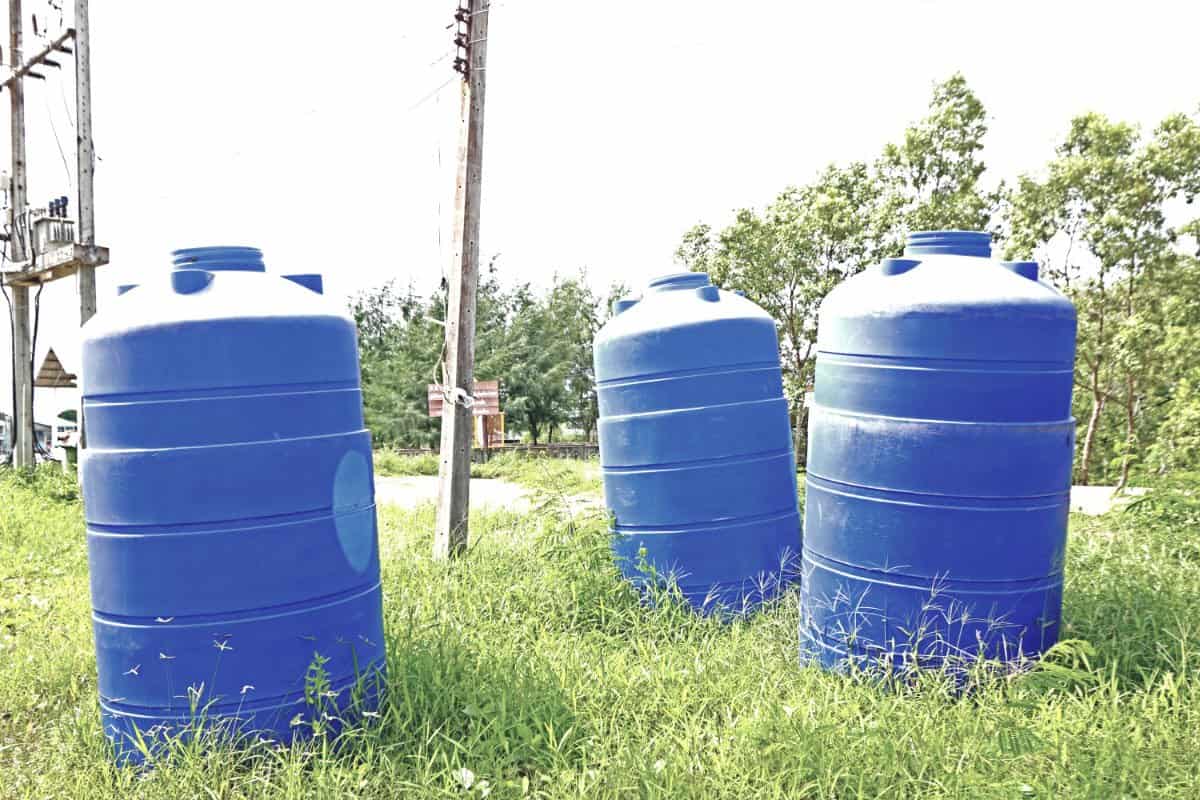
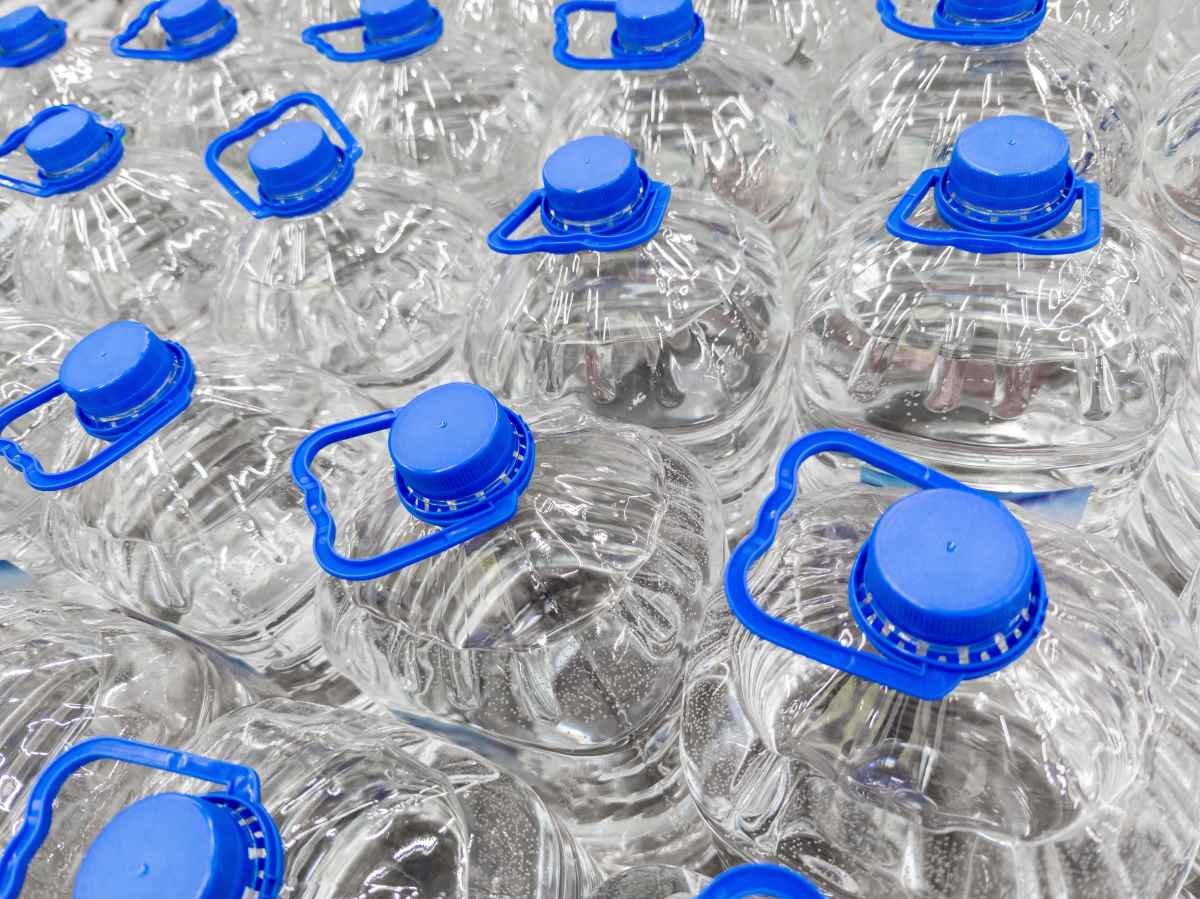
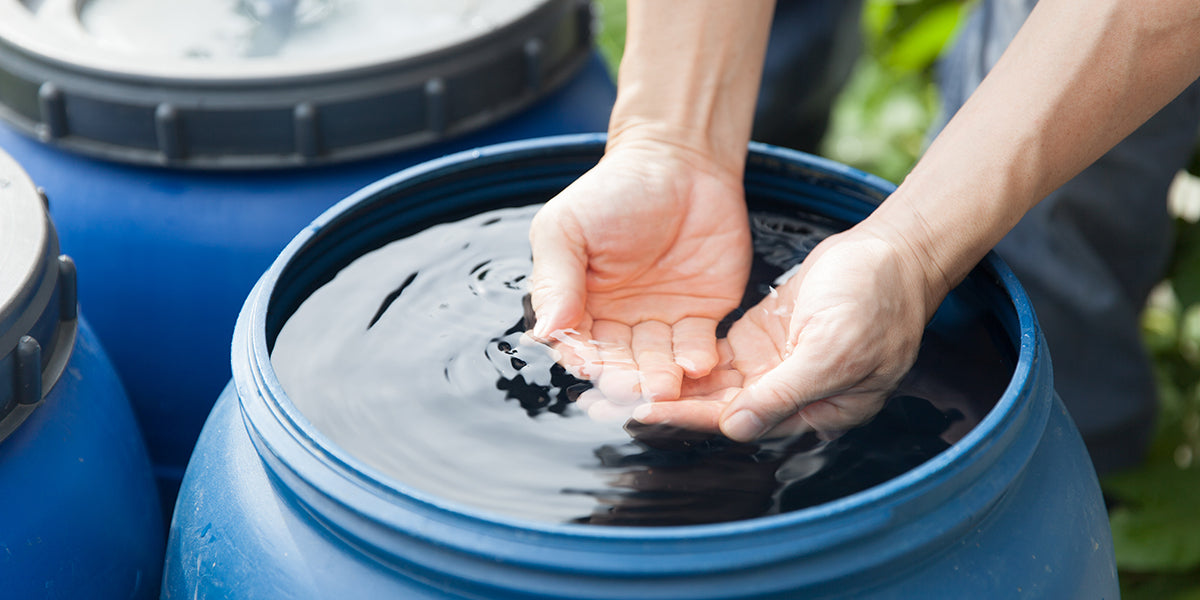
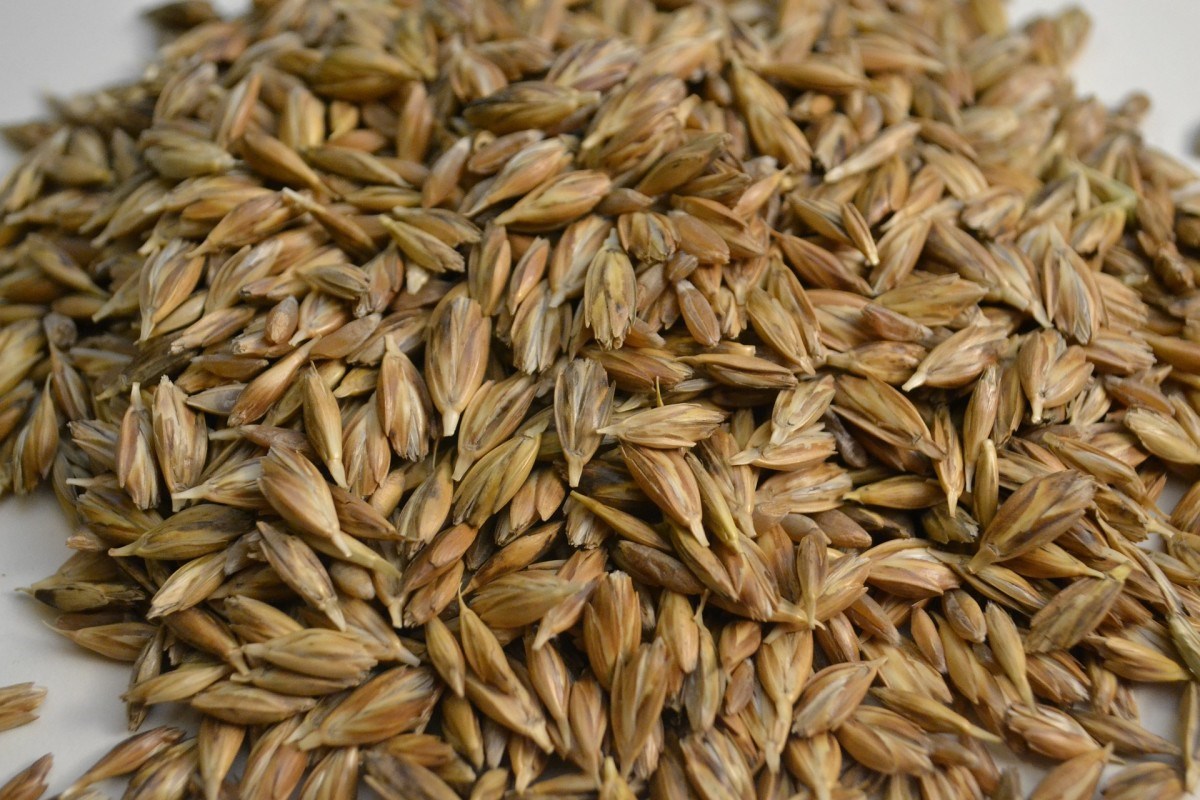
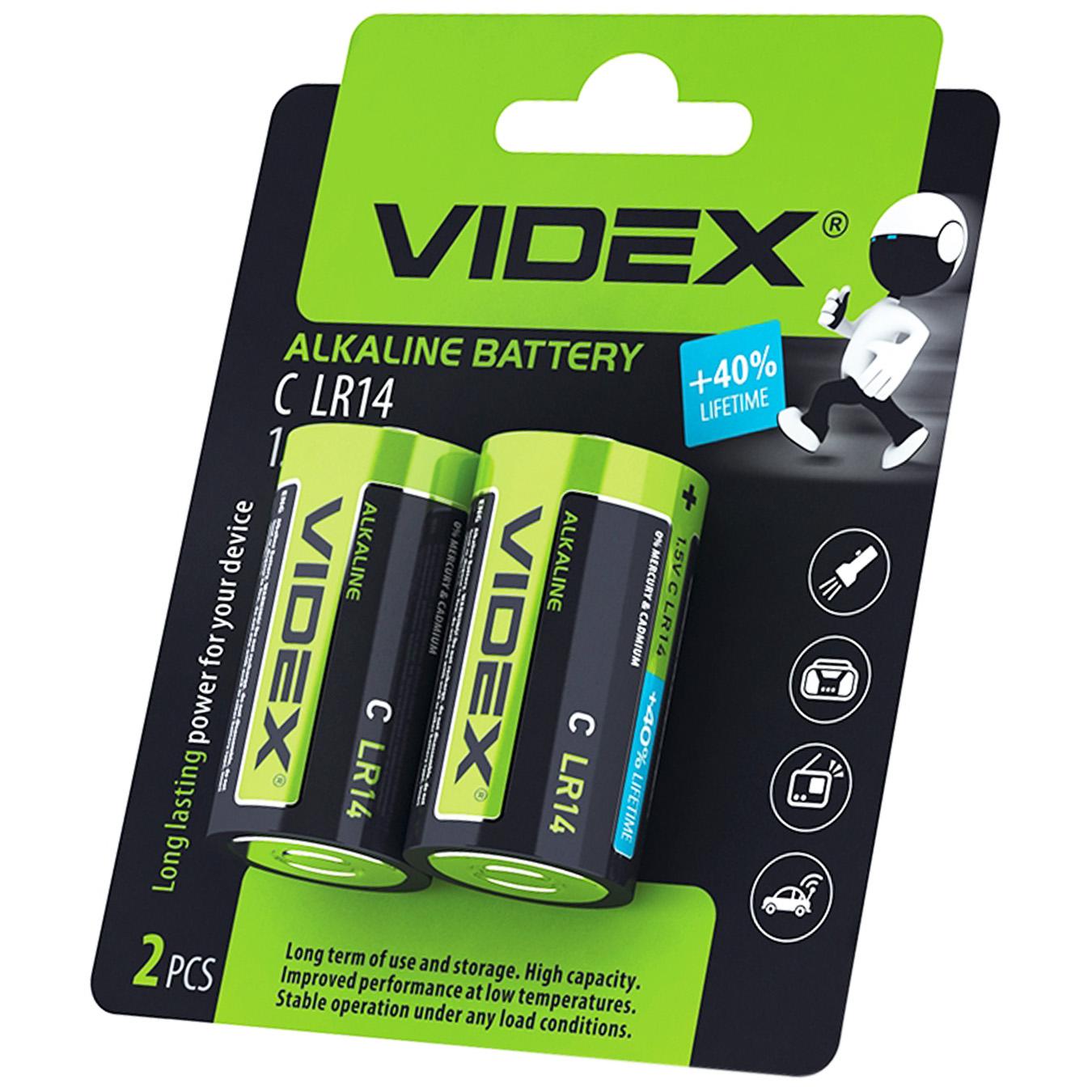



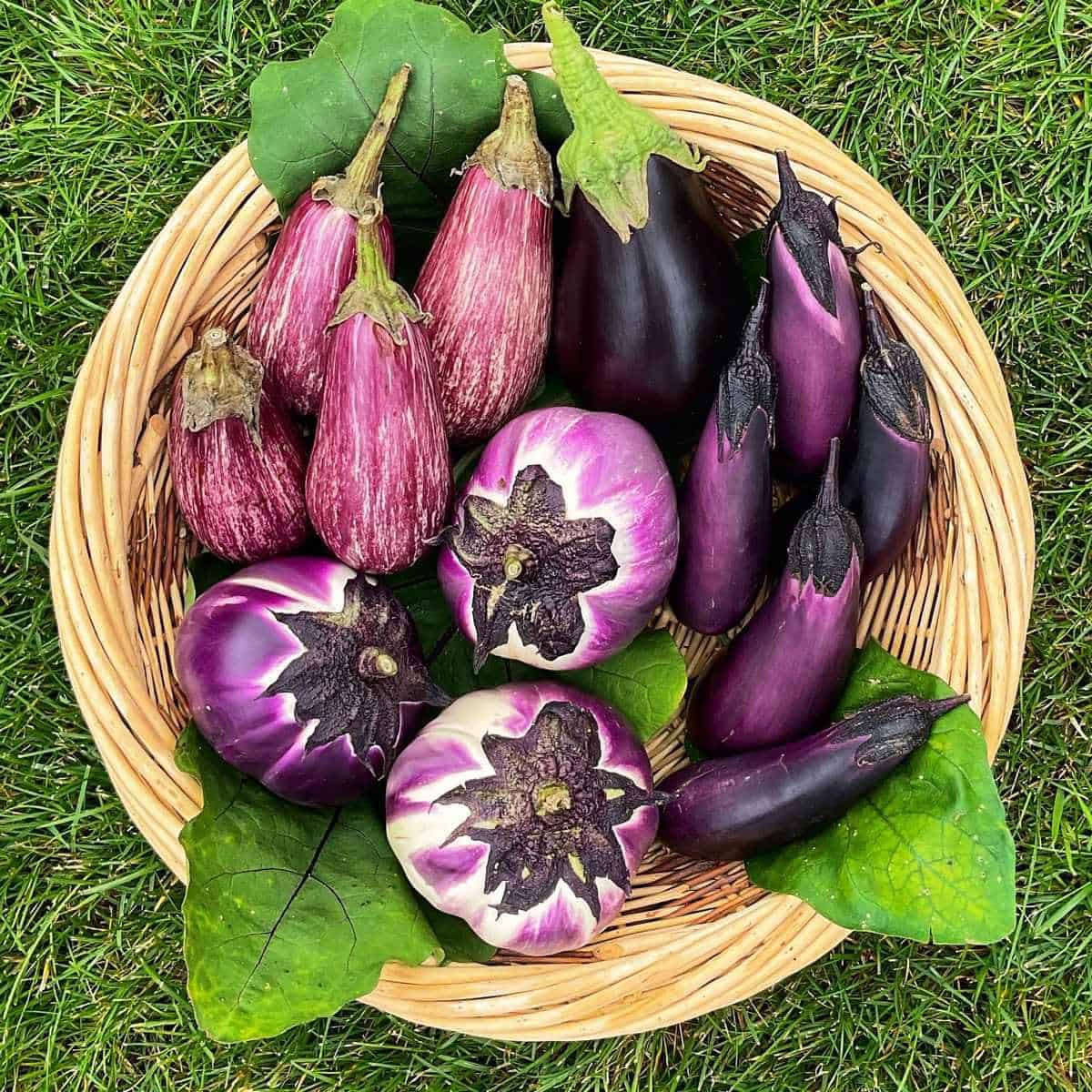
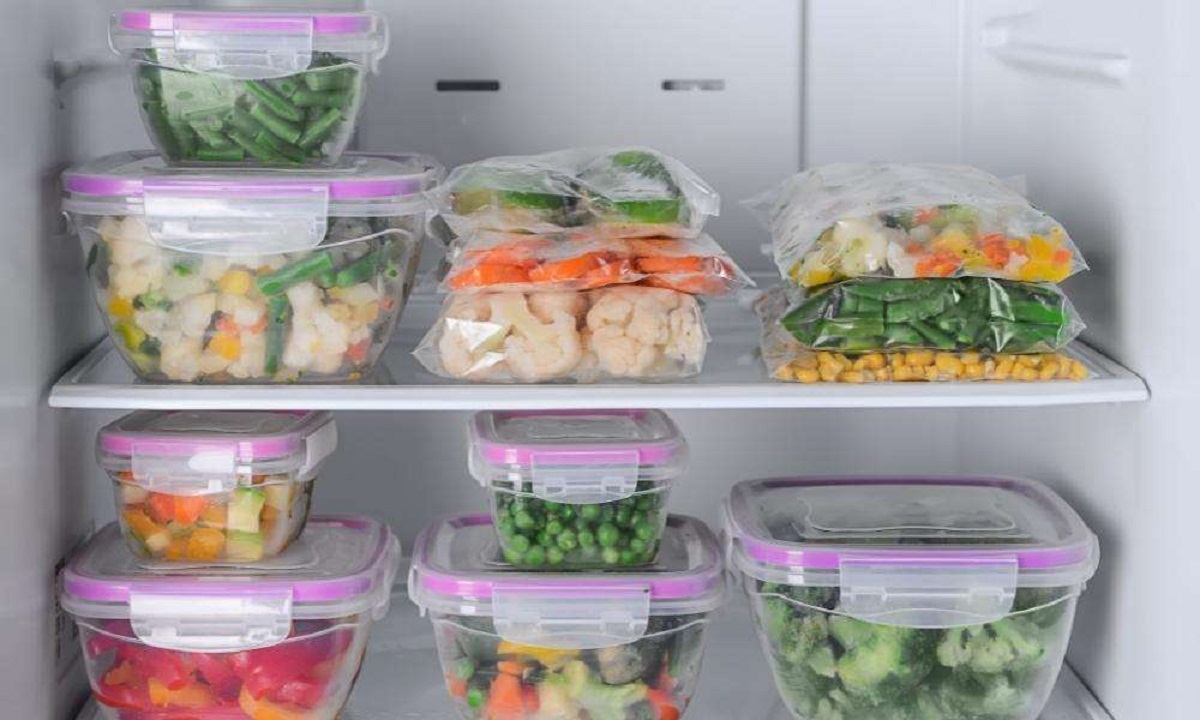
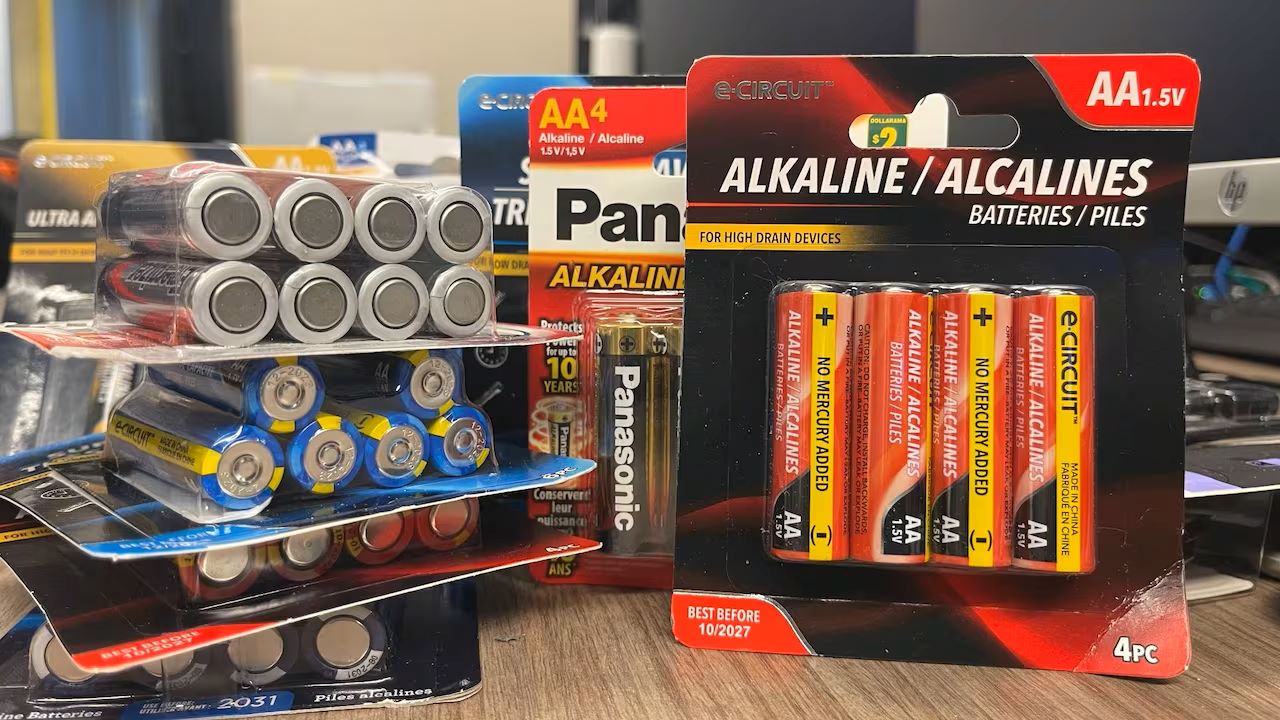

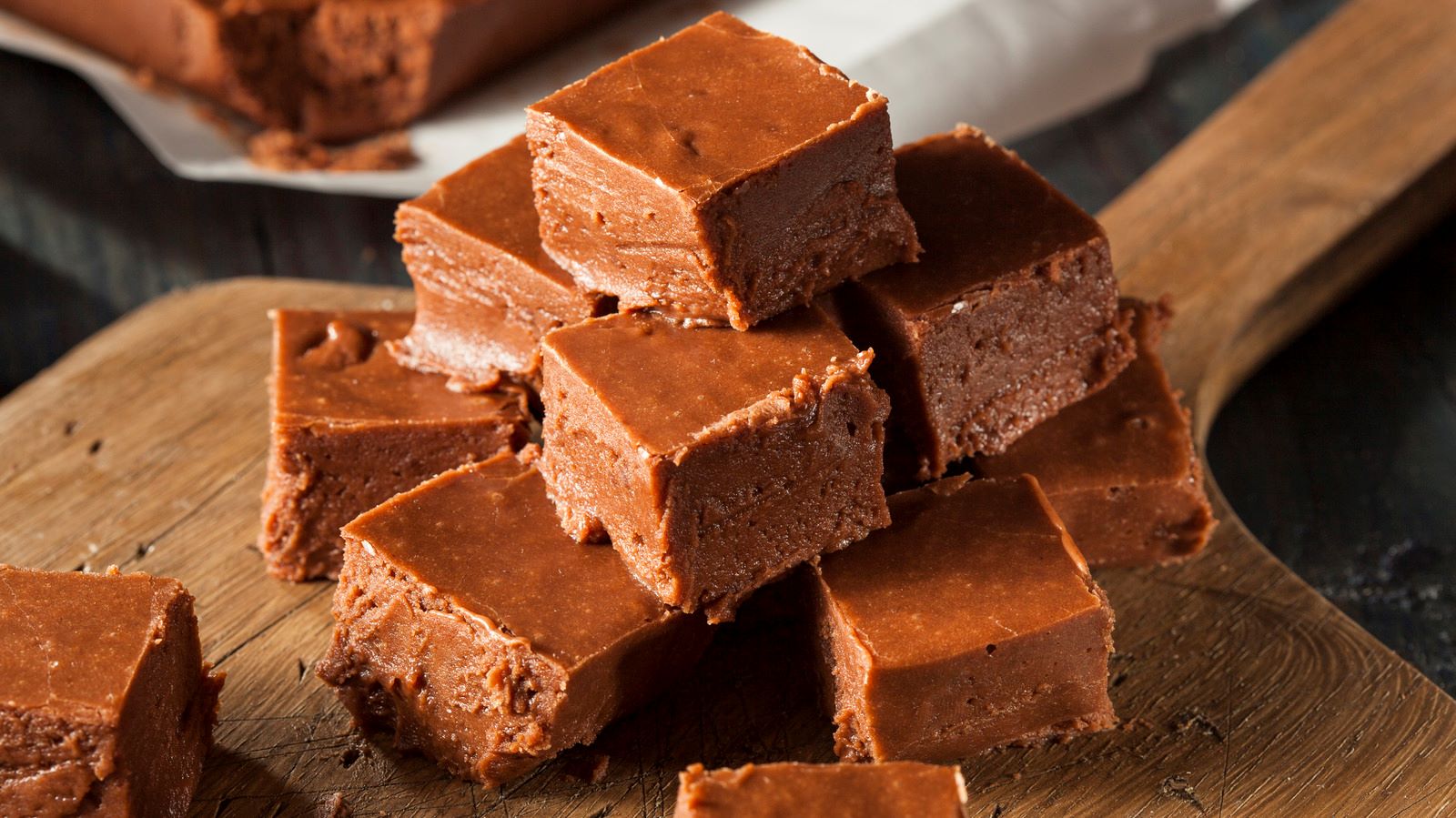

0 thoughts on “How To Store Tap Water Long-Term”